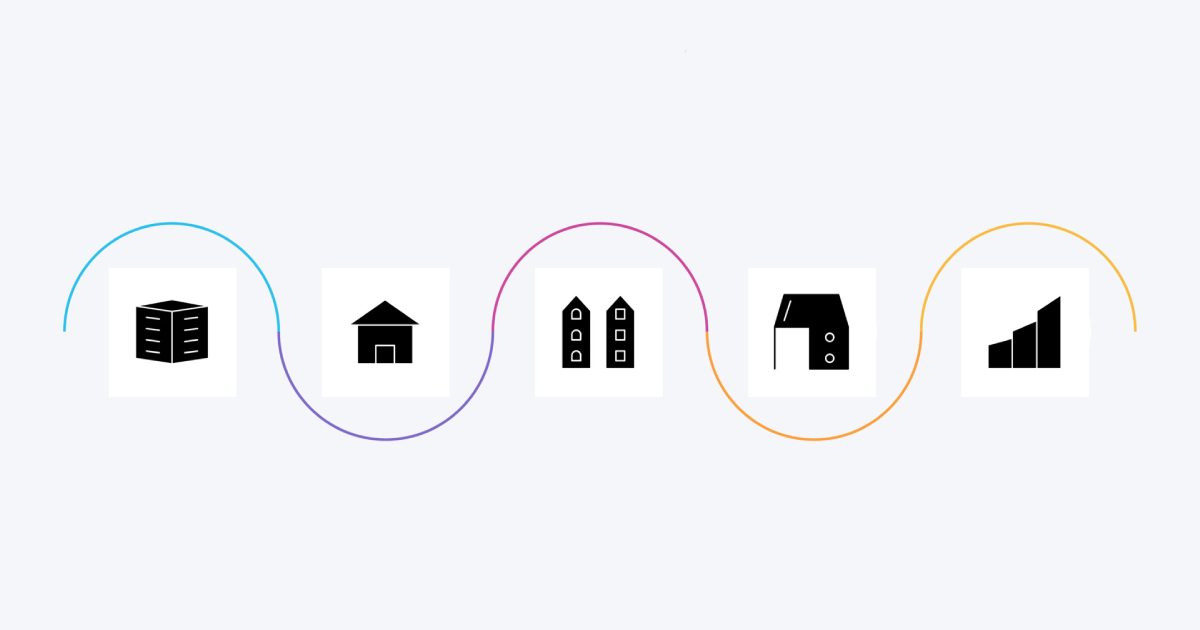
Just how many surveys does one Census Bureau need?
The United States Census Bureau operates a vast number of different surveys and responsibilities beyond just the Decennial Census and the American Community Survey. You have the Economic Census every five years, the National Crime Victimization Survey twice a year, the Consumer Expenditure Survey, the Survey of Program Dynamics, the Annual and Quarterly Services Surveys, and so on until seemingly the end of time. Needless to say, but the Census Bureau and affiliated departments have their hands busy with many things at once, and as of this writing the Economic Census is actually underway!
Although we at Censtats have an affinity for the American Community Survey, from which our bundles are sourced from, we can't deny the wide influence of these other census and surveys that occur year round every year. With that in mind, let's highlight some of these more significant - and maybe unusual - expeditions into the status of the American people and their economy.
Dating back to 1810, the Economic Census has evolved from being a means of keeping track of certain industries, manufacturers, and the transportation of goods to reporting on the status of all companies, small and large, within the United States. Similar to other census, like the Decennial, refusing to cooperate with this survey can result in a penalty.
Over the course of its lifespan, the Economic Census has gradually expanded to start including transportation industries in 1962, construction industries in 1967, and then a plethora of others in 1992 (financial, real estate, utilites). Minority-owned businesses were tracked starting in 1969, followed by women-led businesses in 1977.
To this day, the Economic Census serves as a tool for both the government in managing the health and integrity of its economy and the business that feature therein, where they can monitor competition and the health of their own industry.
The National Crime Victimization Survey began in 1972 as a means of fostering a national crime index. It would ask questions of up to 150,000 households pertaining to crimes that the members had been a victim to, such as assault and robbery. This survey is conducted twice a year and has undergone several redesigns in order to better detect crimes such as domestic assault, which would prove difficult to be reported in its original incarnation. This is an example of what the survey has helped to show, which is the discrepancy of crimes experienced as reported to the Census Bureau and crimes reported to the police.
The Consumer Expenditure Survey is something that's actually done in sponsorship with the Bureau of Labor Statistics, where it monitors buying habits, income, and other household characteristics with the aim of drawing potential relationships between the household types and their expenditures.
Within the Census Bureau there exist several surveys that are longitudinal in nature - for example, the Survey of Income and Program Preparation (SIPP) is conducted by interviewing individuals over the course of several years and tracking the changes to their responses within that timeframe. This survey is targeted at families and their interactions with public programs and how that might relate to things such as family dynamics, education, and health care.
SIPP is actually an evolution of the Survey of Program Dynamics, which was a survey held over the course of about five years starting in 1998 to monitor the effectiveness of the Personal Responsibility and Work Opportunity Reconciliation Act of 1996 signed into law by President Clinton.
The Annual and Quaterly Services Survey (sometimes found as just the Quarterly Services Survey, or QSS) is the premier source for quarterly operating revenue for specific industries. It tracks hospitals, finance and insurance, rental and leasing services, and so on in different ranges starting with 2003.
So through this short sampling, a question might be, "Why is there so much overlap? It seems like the Quarterly Services Survey does the same thing as the Economic Census, and the Consumer Expenditure Survey already does a lot of the things that the American Community Survey does."
That all comes down to the difference between a census and a survey: a Decenniel Census is going to account for every single person while the American Community Survey is going to sample a subset of a population and then generate estimates based upon that sample. The same holds true for the difference between the Economic Census and the Quarterly Services Survey. While there ultimately will be a lot of overlap, only so much funding and effort can go into trying to account for every single individual and business for a census that other methods must be used to try and understand how our economy and industries are functioning.
And if you're ever looking for a fun Sunday afternoon activity with the family, you can all take a look at the over 130 different programs that the U.S. Census Bureau currently operates.
Header image sourced with permission from flatart.
This September marks the third annual campaign to raise disaster readiness and response education
A look at the Census Bureau's newest developments on the next decennial census